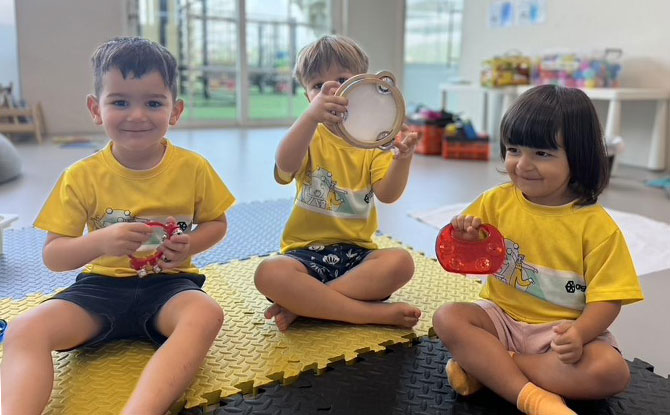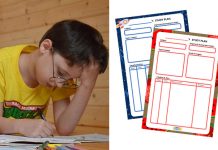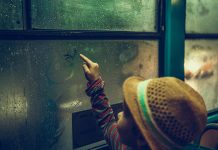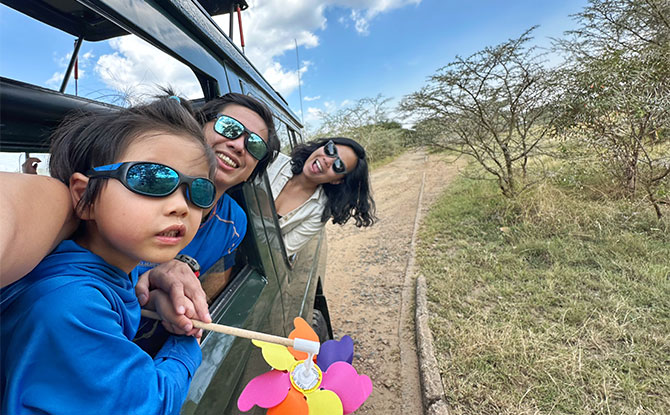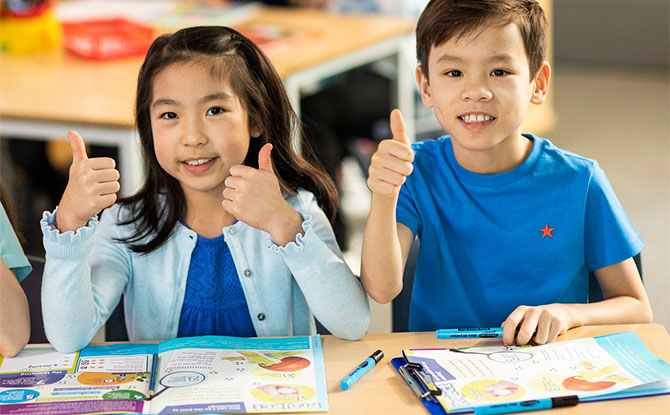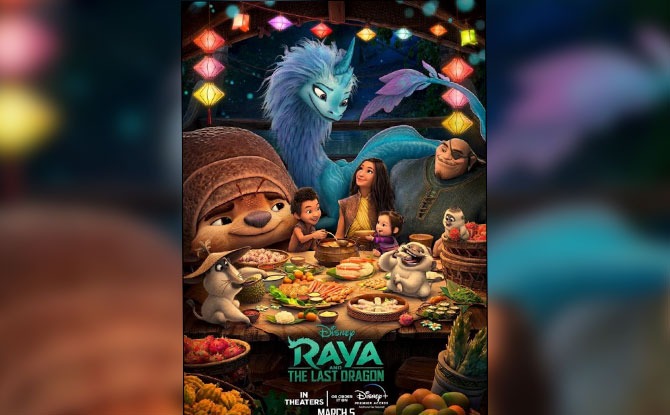
The latest Walt Disney animation directed by Don Hall and Carlos López Estrada, with music composed by James Newton Howard, is a tightly-paced adventure action flick but falls short of reaching the height of a soaring transcendent fantasy.
Overview of Raya And The Last Dragon
A good story with the key fantasy adventure devices in place (if one does not bring in the context of Southeast Asian-inspired motifs and the need for ethnic/gender representation or notions of dragon archetypes).
Long ago, dragons were the benevolent guardians of the mythical world of Kumandra who co-existed with humans until the plague-like Druun consumed all life and the dragons made the final sacrifice by combining their magic into an orb to repel the Druun and save humanity. The dragon-shaped land is divided into five different states: Heart, Fang, Talon, Spine, and Tail. 500 years later, the Heart tribe, which guarded the Orb, gathered the other bickering tribes to a feast in hope for a unified world but betrayal and tragedy struck, resulting in the Orb being smashed into five fragments and hoarded by each tribe, along with the petrifying return of the Druun, resulting in the massive loss of lives.
Six years later, guerrilla princess Raya (voiced by Kelly Marie Tran) of the prosperous, insulated Heart kingdom and her trusty steed Tuk Tuk seek the help of the last surviving dragon, Sisu (Awkwafina), to recover the fragments of the Orb, and when whole, may restore to life those who have been turned to stone. Every time a piece of the globe is collected, it reveals a different magical attribute of the other dragons who had poured their powers into the orb to repel and contain the Drunn which is a black and neon purple haze of malevolence that grows to destroy all existence.
Year-end Holiday Camps: Discover Fun and Exciting Camps for Kids; Book Early
Farm Fright: Join City Sprouts For Their Halloween Bash On 26 Oct
As she travels across different states, a band of unlikely characters gradually join Raya in her quest – young boat restaurant captain Boun (Izaac Wang) from the flat wasteland of Tail; “con baby” Little Noi (Thalia Tran) and her trio of Ongis monkeys from the river town of Talon; and Tong (Benedict Wong), a huge warrior from steepled mountainous Spine. Chieftainess Namaari (Gemma Chan) from the militant land of Fang is Raya’s main antagonist since childhood and their recurring encounters result in various fight scenes and the final obstacle in reassembling the complete Orb to vanquish the Druun.
Genre and Dragonlore
As a comic fantasy, the movie worked with the usual inversion of expectations by offering audiences a dragon in the form of a friendly furry, fast-talking creature of magic. The ancient tale at the beginning set up the mystical dragons as the caretakers of the world looked up to by humans until we meet the remaining living dragon for the first time. When she makes her physical appearance, our first impression was: why so cute? But the fun lies in this amusing twist where Raya finds out she is not she had expected.
When I think of dragons since reading about them as a fascinated child, like Tolkien, I desired dragons, the types that blaze with power and brilliance, that fly out of a page or a screen, whose very colours define their magical attributes and levels of power. Regrettably, the profiling of the dragons took a backstage to the focus on the human heroes who ultimately save the day on their own as dragon power had been consolidated into a single albeit still-powerful Orb, and at the end, the dragons reappear as decorative swirling ribbons of colours appearing and filling the air to celebrate human triumph and harmony.
Nevertheless, effective world-building has always been Disney’s forte and the world, mapped out into bickering tribal states named after different parts of a dragon, each has its own distinctive trade and character. Dragons are the stuff of legends and I just wished the transcendental elements of the otherworld remained in place for a richer layer of fantasy rather than just human agenda and human fate. Pure evil exists, rather than emerge just because good became corrupted, resulting in the chaos and hunger of the Druun which consumes and turns life into stone.
Themes
Resilience and Sacrifice
Determination and strength are exemplified in the heroine and her band of heroes, driven in their common quest to save families and loved ones. Death and destruction personified in the Druun with its hungry mass swallowing terrified people in its wake and leaving stone statues in their place are countered by the selfless sacrifice and never-say-die attitude of this team.
Friendship and Teamwork
Empowerment through the human-dragon buddy relationship and the band of warriors from the conflicting tribes coming together. Sisu the dragon injects personality and comic relief as the bubbly exuberant sidekick with a voice colour and humorous mannerisms to match her fluffy coat. She remains a consistent companion to Raya’s maturing character. The band of sympathetic and likeable heroes also engage our emotions effectively so we cheer for them and cry with them as they work together and make the brave sacrifices to bring their families back.
Learning to Trust and Character Development
In Sanskrit, Raya means the force and flow of the river so it was an apt name for the protagonist on the quest to restore life to her land. In contrast, selfishness, betrayal, suspicion and cynicism add to strife and feed the destroyer Druun. The protagonist Raya and her antagonist Namaari undergo changes in the course of the story. While the tension was set up, arising from duplicity and betrayal in the beginning, they learn that violence does not resolve issues and the heroines’ ultimate actions reveal character. To ultimately combat the abomination of destruction and darkness, the enlightened warriors needed to overcome their own darkness of anger, cynicism and bitterness in order to take a step of faith forward with trust and hope in human good.
Loss and Restoration
Loss of family members, with grief as a response, provide the impetus for the quest and the joy of reconciliation and restoration are presented. The broken pieces of the Orb are ultimately retrieved after breaking past fortified barriers, whether technical or human. The world broke and the journey to make it whole despite inexorable circumstances has been a richer full circle this time beyond eradicating the Druun – by bringing back the dragons and human unity.
The ancient lore and backdrop of the present world was set up with the telling of how the dragons were beings of power who took care of the world and human communities. The current quest changed the balance as the returning dragons felt diminished, originally symbols of divine vigilance and protection of humanity against evil spirits. While they return as celestial elemental powers of rain and fog or shapeshifting creatures of air and water, the focus is now on the human condition and restoration magic powered by human trust and peace.
Talking Points
Good food for discussion with kids after the show. My 10-year-old son was riveted by the action scenes and my 8-year-old daughter loved the dragon and the quest.
As things come a full circle, the narrative reveals that actions lead to consequences but bad action is not irrevocable as there is still hope and redemption. Positive takeaways include the values of teamwork, trust, selflessness and sacrifice.
Info for Parents and Suitable Ages
The movie may be suitable for children 7 years of age onwards, depending on exposure of your children to a range of genre movies. If fed on a diet of Kungfu movies, probably less disturbed by the fight scenes. Mine identified an early scene as “an Indiana Jones type of opening”.
The Druun turning people into stone and intense fight-to-the-death scenes (while no blood or violence portrayed) may be a tad scary for younger children, which perhaps drove the directorial choice in depicting magical beings of power as cute dragons to balance these other aspects of the film but in lower primary, I had enjoyed Disney’s The Black Cauldron(1985) which was arguably scarier and darker.
Rating: Raya And The Last Dragon Review
3.5/5
It is an engaging adventure but the tale needed stronger otherworldly transcendence, or at least, an epic sweeping opening ensemble musical song that would have added colours and layers to evoke a richer sense of a larger and diverse world tapestry.


